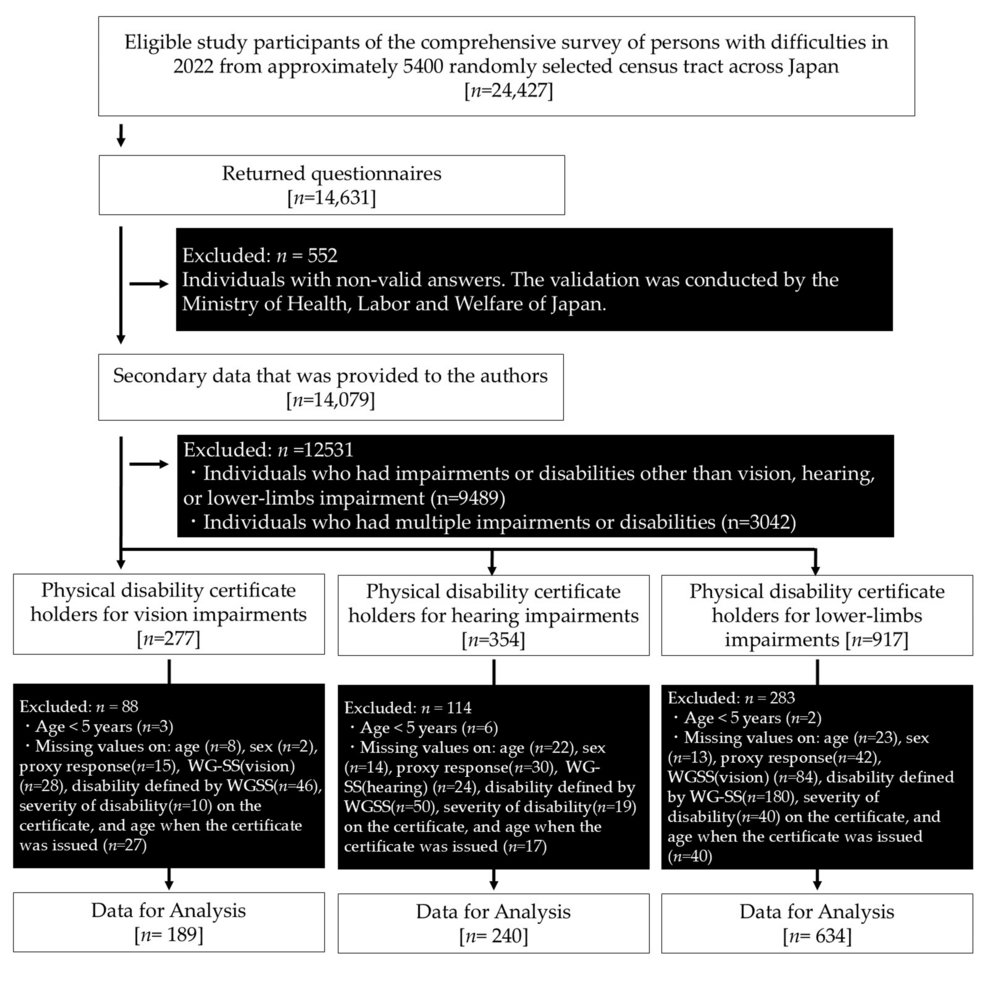Aquilius Investment Partners is looking to ramp up its Asia private equity secondaries exposure with the appointment of Martin Yung, formerly of HarbourVest Partners, to lead the strategy.
The Singapore-headquartered secondaries specialist has been active in private equity and real estate since its establishment in 2021. It has invested several hundred million dollars on the private equity side across GP-led and LP-led transactions. The pace of deployment is expected to increase.
“Over the medium term, we’d be looking to deploy well in excess of USD 500m a year,” said Yung, who previously spent more than a decade at HarbourVest and has now become a managing director and head of private equity secondaries at Aquilius.
He will be based in the firm’s newly opened Hong Kong office, working alongside Patrick Qian, another HarbourVest alumnus who has joined as a principal.
“When we started five years ago, there was no one in real estate secondaries in Asia. We’ve really had to create that market ourselves, heavily investing in dedicated resources on the ground. Now, we’re deploying on average north of USD 500m in real estate secondaries every year,” said Christian Keiber, a founding partner at Aquilius.
“The market opportunity in private equity secondaries is many times larger, and we are very excited about the long-term potential of this market in Asia.”
Aquilius closed its debut fund in 2023 with commitments of USD 400m and raised a further USD 200m for co-investment from separately managed accounts (SMAs). Earlier this month, the firm announced a final close of USD 750m for Fund II, beating a target of USD 700m. It has USD 1.1bn overall, including SMAs.
AIP Secondary Fund II, which is already approximately 50% deployed across eight transactions, focuses solely on real estate. There are no immediate plans for a private equity secondaries fund, although Aquilius is open to the possibility. For now, it will use existing dedicated pools of capital – via the SMAs – that can address private equity opportunities.
The firm’s LP base is predominantly institutional, comprising sovereign wealth funds, pension funds, financial institutions, and family offices. Keiber noted that institutional investors from Asia and the Middle East are well-represented.
“Given their relative proximity to the Asian market, we very much see eye-to-eye on the size of the opportunity,” he said. “That’s how we’ve managed to scale alongside these clients over the last five years.”
In private equity, the goal is to build a portfolio that is evenly balanced between GP-led and LP-led transactions and between developed and emerging markets. While there is appetite for China exposure, emphasis is placed on having a clear path to liquidity. The deal sweet spot is USD 25m-USD 150m.
Aquilius essentially targets a middle market that it regards as underpenetrated by secondaries investors, many of which are global players that may struggle to win investment committee (IC) support for opportunities in Asia over those in other geographies. In this sense, the firm considers its Asian base and experience to be a competitive advantage.
“You expend many more calories for every dollar invested in Asian secondaries than in the US and Europe. If you’re a global secondaries firm, you leverage economies of scale that you have in your home markets and focus less on Asia,” said Keiber.
“That creates substantial white space for a dedicated player with on-the-ground resources to source and execute transactions effectively.”
Most transactions are sourced on a proprietary basis. On the LP-led side, Aquilius has tracked increased selling activity of Asian fund positions by groups located outside the region – a consequence of investors looking to redeploy capital closer to home at times of uncertainty.
The GP-led market is driven by growing familiarity with the secondaries universe, though education remains a feature of many transactions. Industry participants have also flagged a closing of the bid-ask spread in 2025 as GPs, under pressure to generate liquidity, agree to steeper discounts. Yung observed that the reality is more nuanced.
“The notion of a discount is really a byproduct of our underwriting,” he explained. “We look at the portfolio, the quality of the assets, the quality of the GP, and the path to liquidity. So, the discount reflects that broad mix of different factors.”
Aquilius has grown rapidly in a region where few local secondaries investors have achieved scale. It started out with Keiber and Bastian Wolff, who previously worked for Blackstone and Partners Group, respectively. Headcount has doubled in size every year, and there are now 30 investment professionals responsible for USD 2bn in assets under management.
Kieber regards expansion into Hong Kong as the logical next step for a firm that wants to address an Asian market that is geographically dispersed and highly relationship-driven.
“It allows us to tap into additional capital sources across North Asia; it allows us to tap into more transaction flow; and it allows us to tap into a deeper talent pool. I suspect it’s not the last expansion in our journey,” he said.






